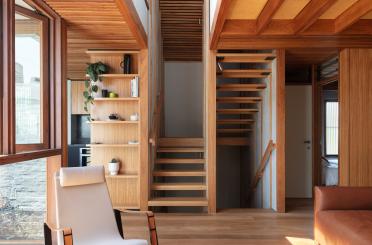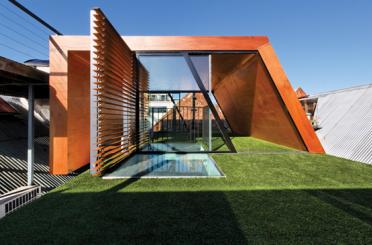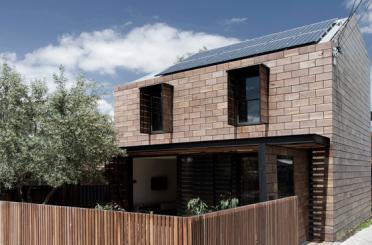Dungeness Road
Dungeness
TN29 9NB
United Kingdom
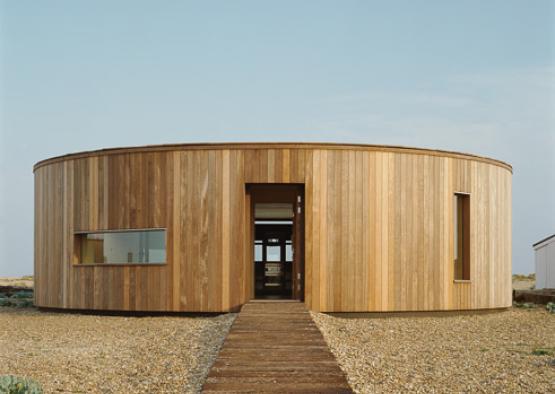
Overview
El Ray's architects were asked to increase the accommodation area by about 50% and dramatically improve the environmental performance of the house. The result was judged one of the best private dwelling timber designs in the UK in 2009.
Dungeness Beach is a designated Conservation Area and Site of Special Scientific Interest, requiring preservation of the flora, fauna and bird life of this unusual environment.
Any new house must be an 'extension' to an existing structure - which is why El Ray incorporates the old railway carriage that was formely the building itself, inside a new highly insulated timber structure.
The carriage forms a striking centre point of the main living area and accommodates the kitchen. A fully glazed southern elevation affords views over the English Channel and a series of smaller slot windows on the other elevations offer focused views of the adjacent lighthouse, coastguard station and power station.
The larger extension to the rear accommodates two bedrooms, a bathroom and two courtyards facing east and west respectively, providing shelter from the prevailing winds.
Story and pictures by special arrangement with timber+DESIGN International magazine. Now available as an iPad App!
50.9352985, 0.9475974
Structure
Where possible the building was constructed using low carbon materials - notably timber. Other features are designed to minimise the potential environmental impact of the build. A canopy projects over the south deck to shade the living areas from the high summer sun, but allows the low winter sun to warm the house.
Frameless external windows comply with UK National Fenestration Council ratings and are double glazed, low 'E' and argon-filled. The aluminium sliding doors are thermally broken to reduce heat transfer. Care was taken to achieve the specified levels of air tightness and the hot water cylinder is located close to the kitchen and bathroom to minimise the use of electric wiring and radiant heat loss from the pipework.
A wind turbine supplies electricity to the house, and when necessary a wood burning stove, using driftwood from the beach, can supplement the passive solar gain in winter. The turbine also powers electric underfloor heating, for bedrooms and the bathroom in cold weather.
Overall, the house is carbon neutral because the wind turbine generates more electricity than consumed.
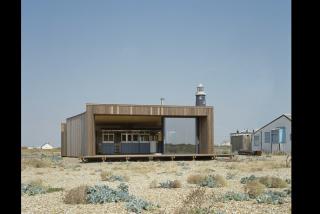
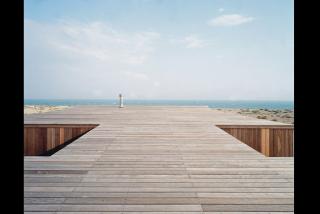
Interior
The clients' imperative that sustainability considerations dominate construction decisions and material selections resulted in the use of:
- lightweight engineered timber I-joists, braced inside and out with a sheathing material manufactured entirely from wood waste to construct the structural timber frame
- recycled newspaper to insulate between the I-joists and studs
- I-joist flanges constructed from slow-grown spruce, and the webs from structural fibreboard
- an I-section profile rather than a traditional rectangular section of timber to significantly reduce thermal bridging and material waste
- sheathing material made entirely from wood waste, using the natural lignin in the timber as the material binder rather than glue
- certified itauba (a Central and South American hardwood) external cladding and decking ideal for use in a marine environment
- certified birch plywood for the internal wall linings, floors and all joinery.

